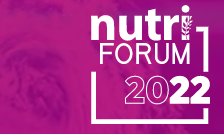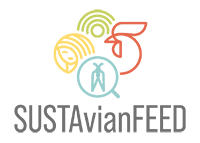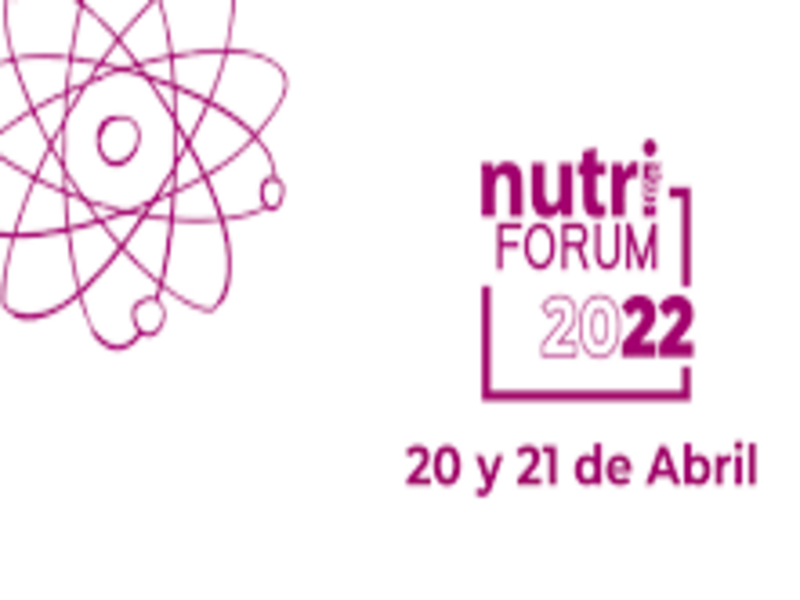Prof. Achille Schiavone, full professor in poultry science at the Department of Veterinary Sciences of the University of Turin (Italy), partner of the SUSTAvianFEED project, participated in the NUtriForum2022 with an interesting report entitled: Insects in poultry and swine nutrition: ingredient, dietary supplement, or environmental enrichment? Below a synthesis of his speech.

Insects are considered a valuable and innovative alternative to fish and soybean meals in animal nutrition due to their high content of high-quality protein, fat, minerals and vitamins. In particular, the most promising species are represented by the black soldier fly (Hermetia illucens, HI) and the yellow mealworm (Tenebrio molitor, YM), thanks to their easy rearing systems and their ability to consume a wide range of organic side streams. In particular, TM and HI larvae are characterized by a remarkable nutritional profile in terms of crude protein (40-50%) and ether extract (26-36%) contents that make them extremely promising for poultry feeding (Gasco et al., 2019).
In poultry and pigs, insects have been mainly administered as full-fat or defatted insect meal to substitute for traditional protein sources (Gasco et al., 2019), but in poultry they can also be provided as live larvae for environmental enrichment (Bellezza Oddon et al., 2021; Ipema et al., 2020a and 2020b).
Dietary insect meal inclusion has recently been reported to significantly influence the gut health of pigs (Biasato et al., 2020a; Kar et al., 2021; Yu et al., 2020) and poultry (Biasato et al., 2020b; Elangovan et al., 2021), in particular by affecting both their cecal microbiota (in terms of modified phylum and genus profile) and gut development.
Furthermore, insects attract increasing interest as their exoskeleton is rich in chitin, an indigestible polysaccharide composed of N-acetylglucosamine residues which are linked by β-(1,4)-glycosidic bonds. Previous research has suggested that this bioactive compound can have antimicrobial and immunostimulant effects, both in pigs and poultry, showing that it can act as an alternative to antibiotics and be beneficial to gut health (Islam et al., 2017).
The COMMISSION REGULATION (EU) 2021/1372 of 17 August 2021 amending Annex IV to Regulation (EC) No 999/2001 of the European Parliament and of the Council regarding the prohibition of feeding non-ruminant farm animals, other than fur animals, with animal-derived protein.
Insects are part of the natural diet of chickens, which are highly motivated to interact with them and consume them.
Thus, the administration of insect live larvae can increase poultry’ foraging behaviour and activity, improving chicken leg health and welfare. There are few scientific papers on the use of live insect in monogastic and, at moment, focused on poultry species. Trials have been carried out on turkeys (Veldkamp & van Niekerk, 2019) and laying hens (Star et al., 2020) fed HI live larvae, with improved growth performance (in terms of better feed efficiency) having overall been observed. In broiler chickens, on the other hand, the effects of HI and TM live larvae on animal activity and leg health were recently evaluated (Ipema et al., 2020a; Bellezza Oddon et al. 2021) and resulted promising for animal welfare. According to EU legislation (Commission Regulation No. 999/2001) the use of live insects in poultry feeding is not forbidden, however each EU country produced specific legislation on this issue.
Finally, some studies investigated the consumers’ openness to feeding insects to pigs and poultry and results are promising for the introduction of pork and poultry products based on alternative protein sources (Weinrich & Busch, 2021).
——
References
Bellezza-Oddon S., Biasato I., Imarisio A., Pipan M., Dekleva D., Capucchio M.T., Meneguz M., Stefania B., Barbero R., Gariglio M., et al. Black Soldier Fly and Yellow Mealworm live larvae for broiler chickens: Effects on bird performance and health status. J. Anim. Physiol. Anim. Nutr. 2021:1–9.
Biasato I, Ferrocino I, Colombino E, et al. Effects of dietary Hermetia illucens meal inclusion on cecal microbiota and small intestinal mucin dynamics and infiltration with immune cells of weaned piglets. J Anim Sci Biotechnol 2020b; 11:64.
Biasato I., Ferrocino I., Dabbou S., Evangelista R., Gai F., Gasco L., Cocolin L., Capucchio M.T., Schiavone A. Black soldier fly and gut health in broiler chickens: Insights into the relationship between cecal microbiota and intestinal mucin composition. J. Anim. Sci. Biotechnol. 2020b;11:11–12.
de Souza Vilela, J., Andronicos, N.M., Kolakshyapati, M., Hilliar, M., Sibanda, T.Z., Andrew, N.R., Swick, R.A., (…), Ruhnke, I. Black soldier fly larvae in broiler diets improve broiler performance and modulate the immune system. (2021) Animal Nutrition, 7 (3), pp. 695-706.
Elangovan, A.V., Udayakumar, A., Saravanakumar, M., Awachat, V.B., Mohan, M., Yandigeri, M.S., Krishnan, S., (…), Bhatta, R. Effect of black soldier fly, Hermetia illucens (Linnaeus) prepupae meal on growth performance and gut development in broiler chicken (2021) International Journal of Tropical Insect Science, 41 (3), pp. 2077-2082.
L. Gasco, I. Biasato, S. Dabbou, A. Schiavone, F. Gai Animals fed insect-based diets: state-of-the-art on digest-ibility, performance and product quality. Animals, 9 (2019), p. 170
Kar S .K., Schokker D, Harms A.C., Kruijt L., Smits M.A.. & Jansman A.J.M. Local intestinal microbiota response and systemic effects of feeding black soldier fly larvae to replace soybean meal in growing pigs. Scientific Reports (2021) 11:15088.
Ipema A.F., Bokkers E.A.M., Gerrits W.J.J., Kemp B., Bolhuis J.E. Long-term access to live black soldier fly larvae (Hermetia illucens) stimulates activity and reduces fearfulness of broilers, without affecting health. Sci. Rep. 2020a;10:17428.
Ipema A.F., Gerrits W.J.J., Bokkers E.A.M., Kemp B., Bolhuis J.E. Provisioning of live black soldier fly larvae (Hermetia illucens) benefits broiler activity and leg health in a frequency- and dose-dependent manner. Appl. Anim. Behav. Sci. 2020b;230:105082
Islam M.M., Yang C.J. Efficacy of mealworm and super mealworm larvae probiotics as an alternative to antibiotics challenged orally with Salmonella and E. coli infection in broiler chicks. Poult. Sci. 2017;96:27–34
Star, L., Arsiwalla, T., Molist, F., Leushuis, R., Dalim, M., & Paul, A. (2020). Gradual provision of live black soldier fly (Hermetia illucens) larvae to older laying hens: Effect on production performance, egg quality, feather condition and behavior. Animals, 10(2), 216.
Veldkamp, T., & van Niekerk, T. G. C. M. (2019). Live black soldier fly larvae (Hermetia illucens) for turkey poults. Journal of Insects as Food and Feed, 5, 301– 311.
Yu, M., Li, Z., Chen, W., Wang, G., Rong, T., Liu, Z., Wang, F., (…), Ma, X. Hermetia illucens larvae as a Fishmeal replacement alters intestinal specific bacterial populations and immune homeostasis in weanling piglets. (2020) Journal of Animal Science, 98: 5810268.
Weinrich R. & Busch G. Consumer knowledge about protein sources and consumers’ openness to feeding micro-algae and insects to pigs and poultry. Future Foods 4 (2021) 100100.








Leave a Reply
You must be logged in to post a comment.